Your home should be a place where you feel safe and secure. However, there are a wide variety of home hazards that can make it a dangerous environment. Fortunately, you can take certain steps to find, eliminate, and reduce the threat of these hazards. LeafFilter has compiled this handy homeowner’s safety guide to help you create the safe atmosphere that you and your family deserve.
Keep Your Gutters Clog-Free
The gutters on your home can easily clog with leaves, pine needles, shingle grit and even rodents and insects. Clogged gutters can lead to annoying and costly home damages such as mosquitos, mold, basement flooding, foundation and roofing damage, landscape erosion, and heaving driveways. By investing in a quality gutter guard system like LeafFilter, you will never have to worry about clogged gutters again.
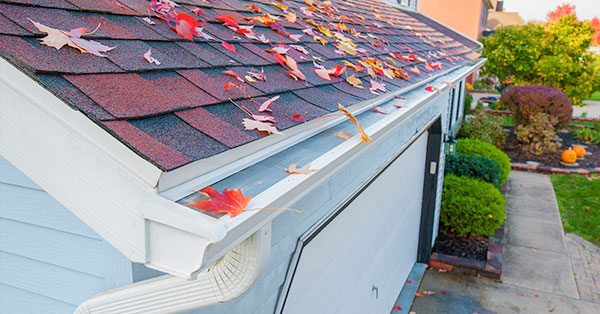
Search for Dangerous Wiring Conditions
A simple way to find unsafe wiring conditions in your home is to turn your light switches on and off. If you notice that certain light switches do not function properly, there may be an issue with the wiring in your house. Warm outlets or outlets that do not work may also indicate a wiring problem that must be investigated by a licensed professional.
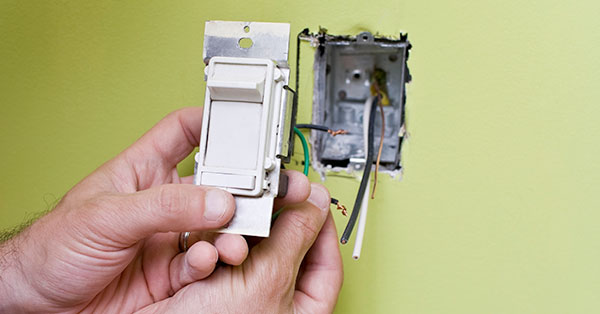
Install Carbon Monoxide Detectors
Carbon monoxide is a colorless, tasteless, and odorless gas that is extremely poisonous. To ensure you and your family members are protected against carbon monoxide, install carbon monoxide detectors on every level of your home. Be sure to avoid placing them near doors, garages, stoves, fireplaces, or windows.
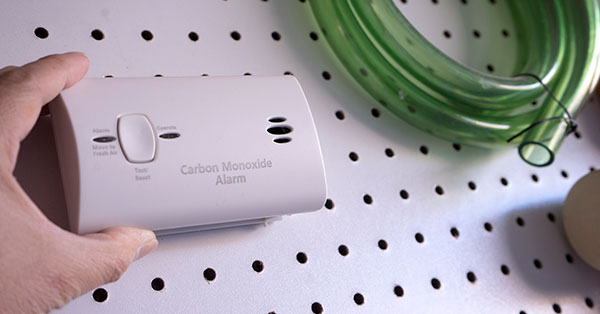
Use Non Slip Bath Mats
The bathroom is one of the most dangerous rooms of a home. In order to prevent slips and falls in the bathtub or shower, you will need to make their surfaces slip resistant. Adding a non-slip bath mat or adhesive safety strips to the bottom of the shower or tub is a great way to do so.

Ensure House Numbers Are Easily Visible
Many homeowners overlook the importance of ensuring their house number is easily visible from the street. By ensuring that your house number is easy to spot from the street, responders will have no issues identifying your home in the event of an emergency. The numbers should be five to six inches tall, contrast with the background, and reflect if possible.
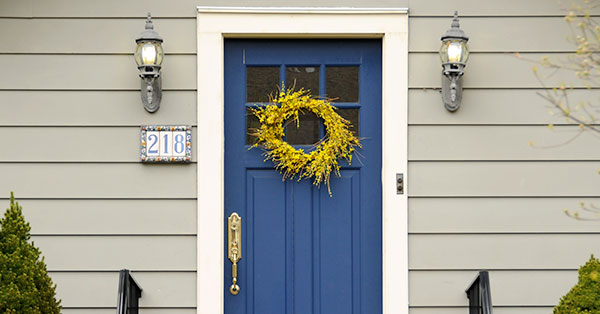
Add Lighting and Hand Rails to Stairs
Stairs can be hazardous if they are poorly lit. By adding night lights and light switches around stairs, you can reduce the risk of stair-related injuries that often occur at night when it’s tough to see. Hand rails are also recommended to give you and your loved ones the stability and support needed to prevent falls and serious injuries down the road.
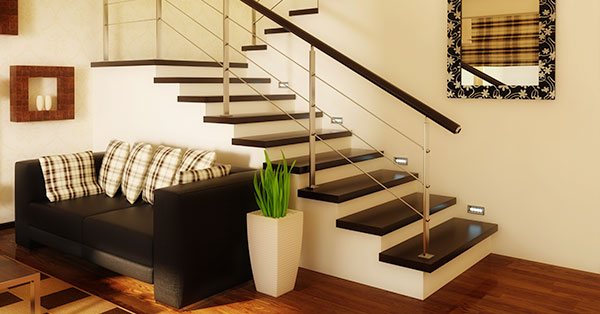
Invest in Annual Chimney Inspections
Annual chimney inspections and cleanings by a Certified Chimney Professionals are crucial. If you use your fireplace on a regular basis, these inspections and cleanings should occur more frequently. Regular chimney sweeps can prevent chimney fires, smoke damage, and carbon monoxide poisoning.
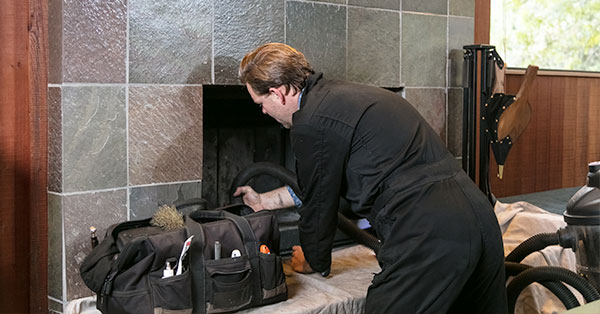
Keep an Emergency Contact List Handy
An emergency list of numbers should be created and kept in a highly visible location such as a fridge. Your emergency list should include the phone numbers of the local police and fire departments, close friends or family members, the poison control central hotline, and 911.
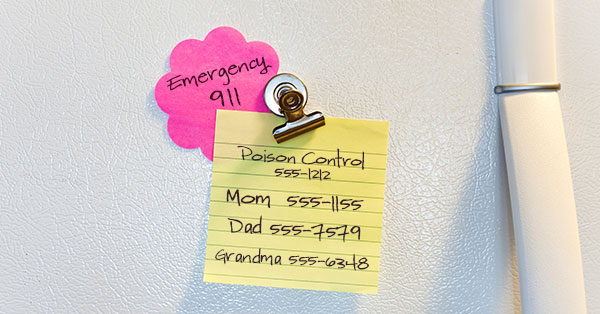
Declutter and Clear Walkways
Any items such as mail, shoes, and toys that may lead to a trip and fall should be cleared from walkways. You should make sure that everyone living in your home knows where to store their items and picks up after themselves. Clutter can be avoided by cleaning up messes as they happen and dedicating a certain day of each week or month to deep clean your home.
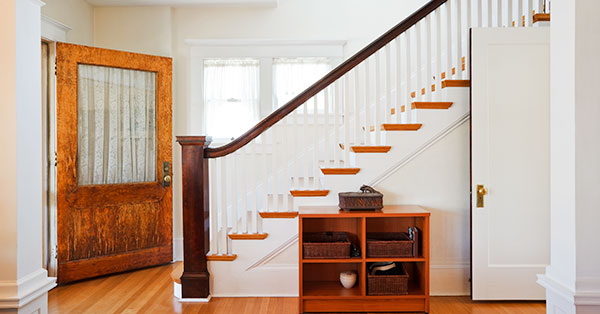
Keep Throw Rugs Secured
While throw rugs may add an element of elegance to your home, they can also be very dangerous as they often prompt trips and falls. If you’d like to keep the throw rugs in your home, use a rubber pad or foam backing or install double stick tape to the underside of your throw rugs.

Fasten Wires and Cords
Long cords and wires on the floor are tripping hazards as well. If you happen to have any wires and cords laying around on the floor of your home, fastening them to the wall with tape is an easy way to lower the risk of injuries.
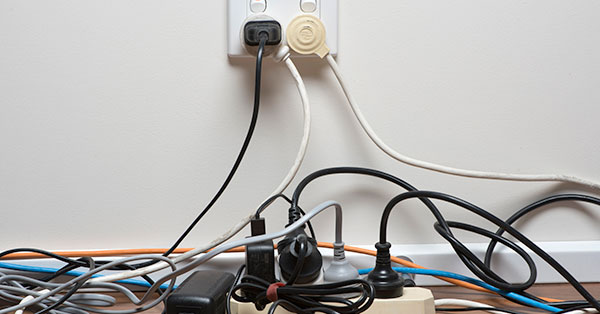
Install and Test Smoke Detectors
Every floor of your home should have a smoke detector installed. You should maintain your smoke detectors by testing them on a monthly basis by holding a candle six inches beneath the alarm. If the low-power warning appears, the battery should be replaced. Otherwise, battery replacements are required once a year.
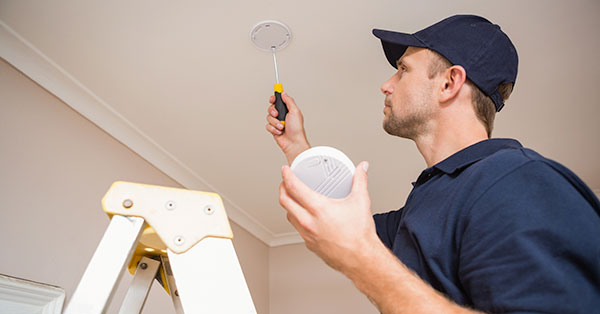
Store Medication Safely
You and your family members probably take various over-the-counter and prescription medications. To avoid accidental poisoning, all forms of medication should be stored safely in a cabinet rather than left on the counter. Once a medication has been used, it should be locked away in the cabinet.

Check for Lead Paint
If your house was built prior to 1978, inspecting it for lead-based paint is a must as lead paint can trigger a variety of health issues. You can hire a lead-safe certified contractor or check for lead paint on your own home using a lead test kit that has been certified by the EPA.
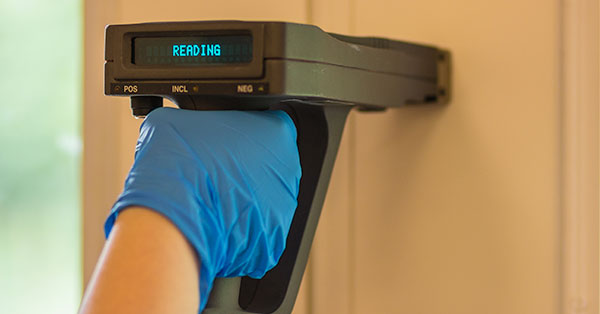
By taking the time to check and improve your home’s safety, you and your family can enjoy a happier and healthier experience at home. LeafFilter looks forward to helping you achieve a safer home by ensuring your gutters are cared for with our state-of-the-art gutter guards. For more information on our product, request a free estimate today.

